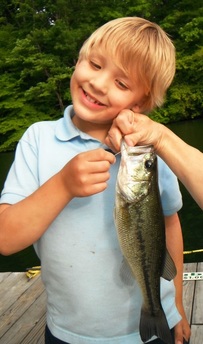 At 7 years old Andrew, my youngest son, just caught this bass using a tadpole as bait. He did everything on his own from baiting the pole to reeling it in… except, I still ended up unhooking the fish. At 7 years old Andrew, my youngest son, just caught this bass using a tadpole as bait. He did everything on his own from baiting the pole to reeling it in… except, I still ended up unhooking the fish. I love fishing with kids! Especially when I can give them a great experience… like actually catching one! Nothing hooks a kid on fishing more than having ANY fish strike their bait, pull against their line and then successfully land the finned creature. The smile on the child’s face tells the tale. They are ready to come back for more! That usually excites the adult fisherman in the picture as well. They’ve just gained a new fishing buddy most likely for the rest of their lives! Do you love fishing? Do you want to share this love with your child, grandchild or family member? Do you want to create a new fishing buddy? Maybe I can help. I’ve had the privilege to host many groups of kids at Fyrne Lake and that has blessed me with years of experience in getting children hooked on fishing. Perhaps some of what I’ve learned along the way will help with your fishing buddies. Even before you put a pole in their hand it’s important to make sure they are comfortably dressed and you have sunscreen and bug spray available if needed. It also wouldn’t hurt to have a bag of snacks and a cooler of drinks nearby. There’s nothing that will end a fishing trip with kids quicker than a swarm of mosquitos or a growling stomach. Also, you’ve got to go into this experience with your long-term goal in mind… to create a fishing buddy. That means you’re their expert guide and fishing tackle slave. Be ready to keep their hook baited, line untangled, snags unsnagged and catch unhooked. You may not even get to wet your own line! You’ve got to be OK with that or you’ll find yourself getting frustrated and distracted from your mission at hand. 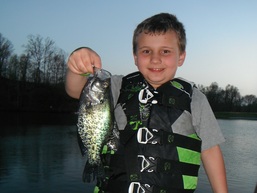 Mason Mullens is holding his prize crappie landed during a father/son fishing trip with his dad, Gene Mullens, on Fyrne Lake in 2014. Mason Mullens is holding his prize crappie landed during a father/son fishing trip with his dad, Gene Mullens, on Fyrne Lake in 2014. Even though I own Fyrne Lake, I would still recommend taking your child for their first experience to a small private pond where the fish are fed or a pay catfish pond. That will insure their success. However, I know they’re not always nearby or available. It’s still very possible to have a good 1st time fishing experience in larger natural lakes like Fyrne Lake. It will just be more of a challenge for you to guide the fish to their pole. The fish in Fyrne Lake are totally wild and prefer striking live or naturally appearing and presented artificial bait. My recommendation is to start out with live. Making fishing lures move naturally in the water takes more finesse than most beginning fisherman can master. Live bait is also more interesting to kids. Holding a squiggling worm, chasing an escaped cricket or playing with minnows in the bucket can maintain the child’s interest between fish bites. However, using live bait is not a guarantee of success. Presenting live bait in a productive way can be challenging. Luckily my father, Kenneth Griffith, taught me several basic fishing principles that still guide my personal fishing today and my efforts in helping visiting children catch fish. While I was growing up my dad drilled into me the need to minimize hardware, place the bait on the hook with purpose and cast the line in the water where there are fish. Let’s start by discussing fishing hardware and by that I mean everything going into the water that’s not living. When fishing with live bait, the lighter the line and the smaller the hook, the more quickly a fish will bite. Obviously, lighter lines require less tension on your drag and the hook used needs to be an appropriate size for your bait. It’s also important to use just enough weight to get your bait to where you want it and just enough float to keep your bait suspended from the surface. Too much hardware discourages bites and may cause a fish to let go once they feel the resistance of excessive weight or an oversized float. 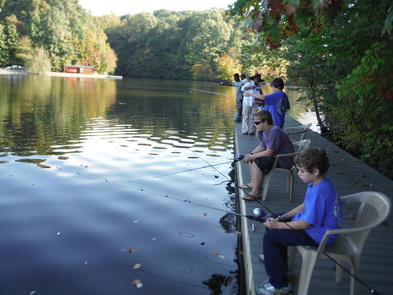 Boy Scouts are shown beginning their day fishing off the pavilion dock at Fyrne Lake. Boy Scouts are shown beginning their day fishing off the pavilion dock at Fyrne Lake. Properly placing your bait on the hook is just as important. This is especially true when using minnows. Done properly, minnows will do all the work for you as they desperately swim against your line appearing to be in distress and an easy meal to any nearby game fish. There are many ways to hook a minnow. For me, when fishing from shore or an anchored boat (not trolling), the best place to hook the minnow is under the dorsal fin trying to just get under (not through) the bone. It takes a little experience with each type of minnow to identify just how far below the fin to go. Too far and you weaken the fish, not far enough and you’ll quickly lose your bait. It’s also important to match the hook to your fish. I choose a hook 1-1/2 to 2 times as wide as the back of the minnow is thick and enough loop to the hook to allow the barb to be fully extend above the bait’s back. Crickets and worms are much simpler to successfully hook and present. Most any method will pique the interest of a pan fish. The challenge here is to hook them before your bait disappears! I hook crickets under their chin and out through the belly. I prefer to use a thin wire hook with a shank just long enough to extend above their head and barb loop wide enough to slightly extend out of the insect’s body. This method keeps the cricket active and on a hook that will easily fit into the small mouth of a bream. Worms are even easier to successfully hook. As long as some of the worm is near the hook’s barb, you’ll have a good chance of hooking a fish. However, bream are expert worm thieves! They seem to know exactly where your barb is and will yank it off from the worms dangling end. If this happens to you, use a smaller hook and less worm! I hardly ever use a whole worm when fishing with kids. I’ll typically cut off about one inch of worm and thread it over the barb leaving only a quarter to one half inch of worm dangling. If the fish are still winning the battle I’ll reduce the size of the hook even further and leave even less or no worm dangling. I’ve been known to go all the way down to a size 12 hook before landing my thief! Having a perfectly baited hook and a minuscule amount of hardware alone will not guarantee success. You have to fish where the fish are! Casting your line out toward the middle isn’t going to accomplish anything unless there is structure present or obvious fish action on the surface. The best place to cast may only be 3 feet in front of you! It all depends on the location of the structure. Because where there’s structure, there are usually fish! At Fyrne Lake we’ve purposely placed structure around our docks and shoreline fishing spots to attract fish. There’s a combination of natural tree branches, porcupine fish attractors, pallet stacks and Christmas trees. These structures attract and hold baitfish, bream and larger gamefish. That helps me insure they’re fish around when kids visit. Wherever you fish, simply fish near any structure you can identify; fallen trees, water plants, stumps, docks… anything from vegetable to mineral items in the water may hold fish. If there’s nothing visible, treat the bottom as your structure. Fish will graze along the bottom looking for anything that looks alive and/or edible. The key here is to suspend your bait just above the bottom, not on it. Too high and your bait will be missed, too low and it will be lost in the muck on the bottom. The depth you suspend is also important if you see obvious structure. The most productive depth placement of your bait is suspended just above, beside or slightly under structure. Once you’ve set the depth of your bait below the float you’ll need to cast your line as close as you can get to your targeted structure without snagging. The reality is you’ll snag it often. Not only because you or your young one is working on casting accuracy, but because you’re learning how deep and how much of the structure extends beyond what’s visible. Don’t fret about it, losing tackle is just a part of the adventure! Now you know all you need to know to help kids catch fish except… how to set the hook. Kids get excited when their floats go under and will frantically reel the line in often pulling the bait right out of the fish’s mouth. The following simple instructions my father shared with me 50 years ago have helped countless young children successfully hook and land fish. 1) Point the tip of the pole toward the float. 2) Wait until the float is fully submerged. 3) Reel in until the slack in the line is gone. 4) Without jerking, firmly raise your pole tip up. 5) Without rushing, steadily reel in keeping the line tight. 6) Get the fish securely on shore, on the dock or in the boat as soon as it reaches you! My dad’s favorite pastime is fishing and he passed it on to his kids, including me. Thankfully, he taught me what it takes to teach children how to fish and in the process creating future fishing buddies. Now you can create your own and pass on your love of this awesome sport! Comments are closed.
|
AuthorKevin Griffith Archives
September 2018
Categories |
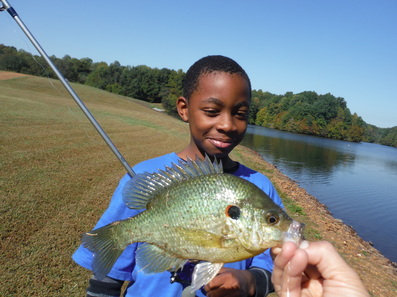
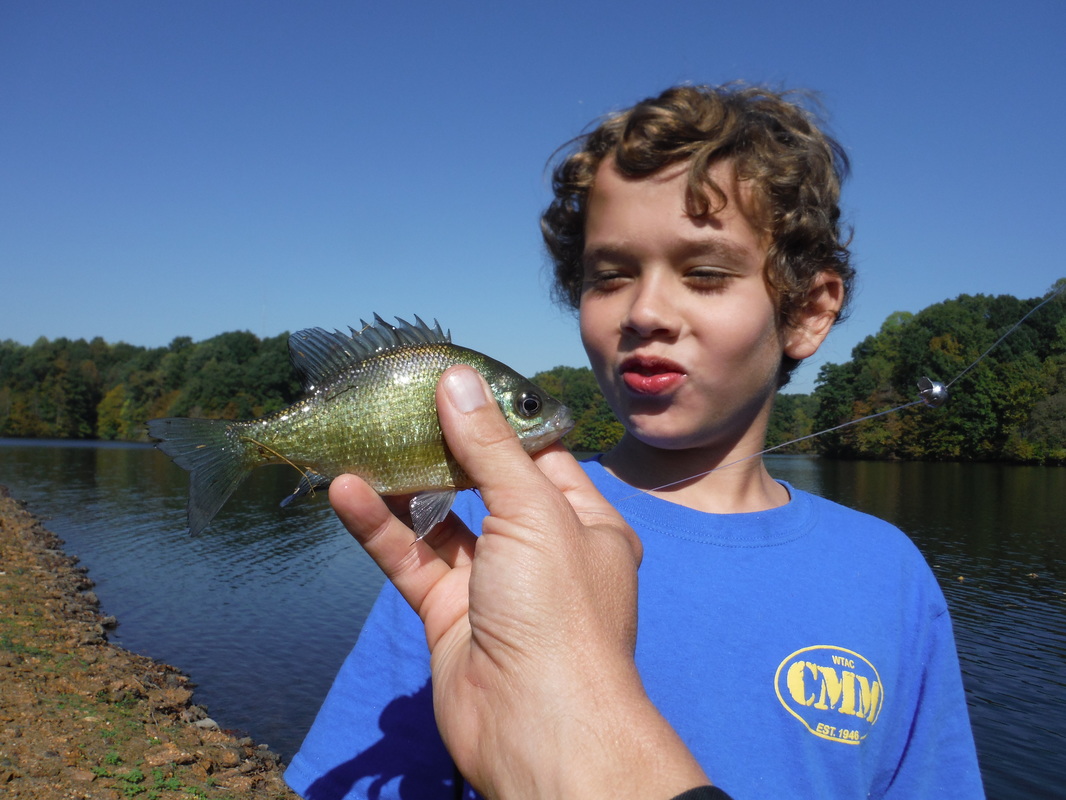
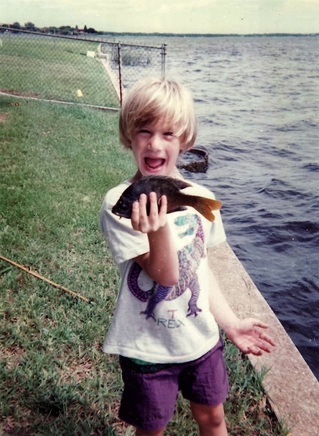
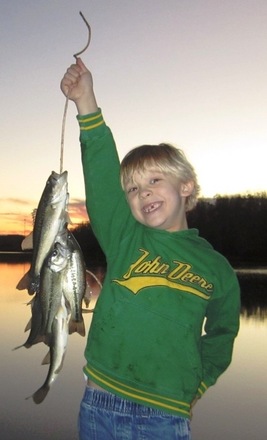

 RSS Feed
RSS Feed